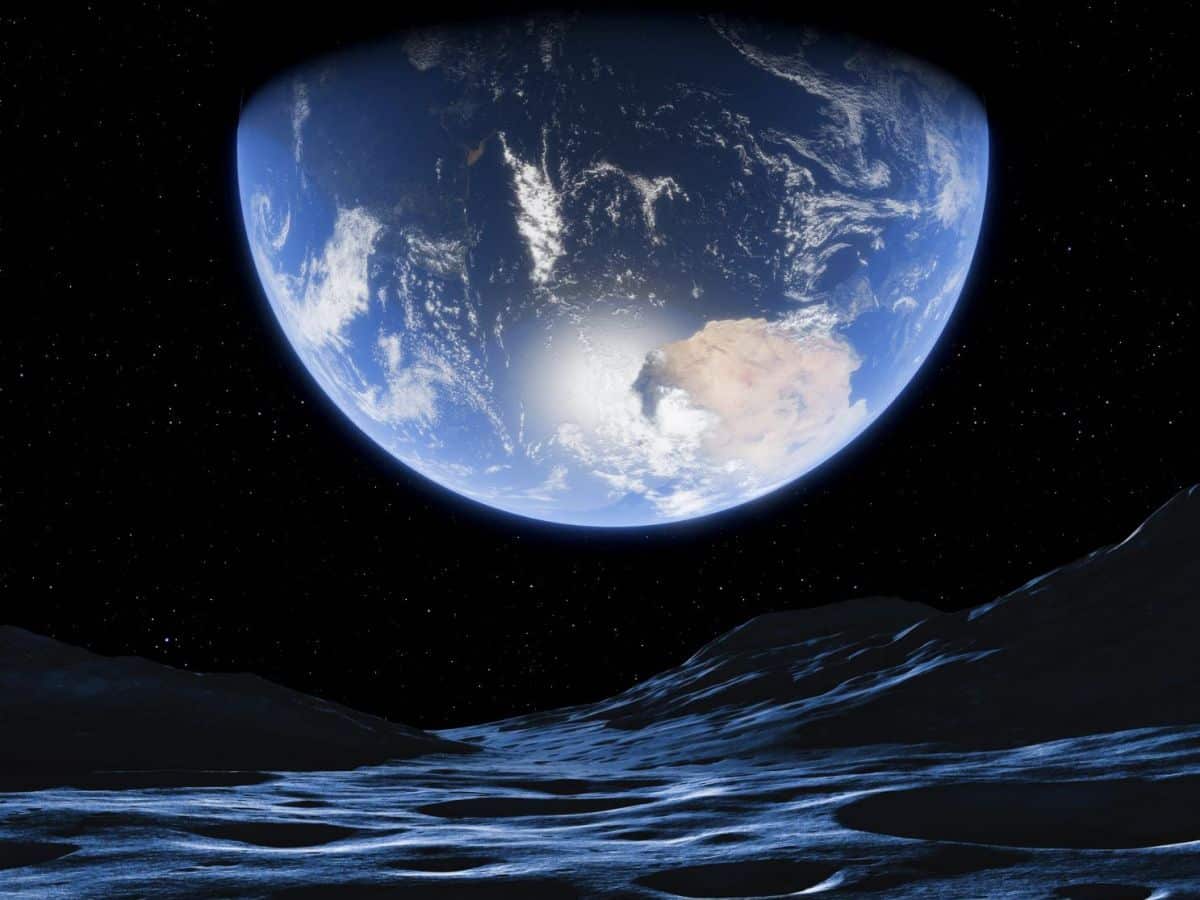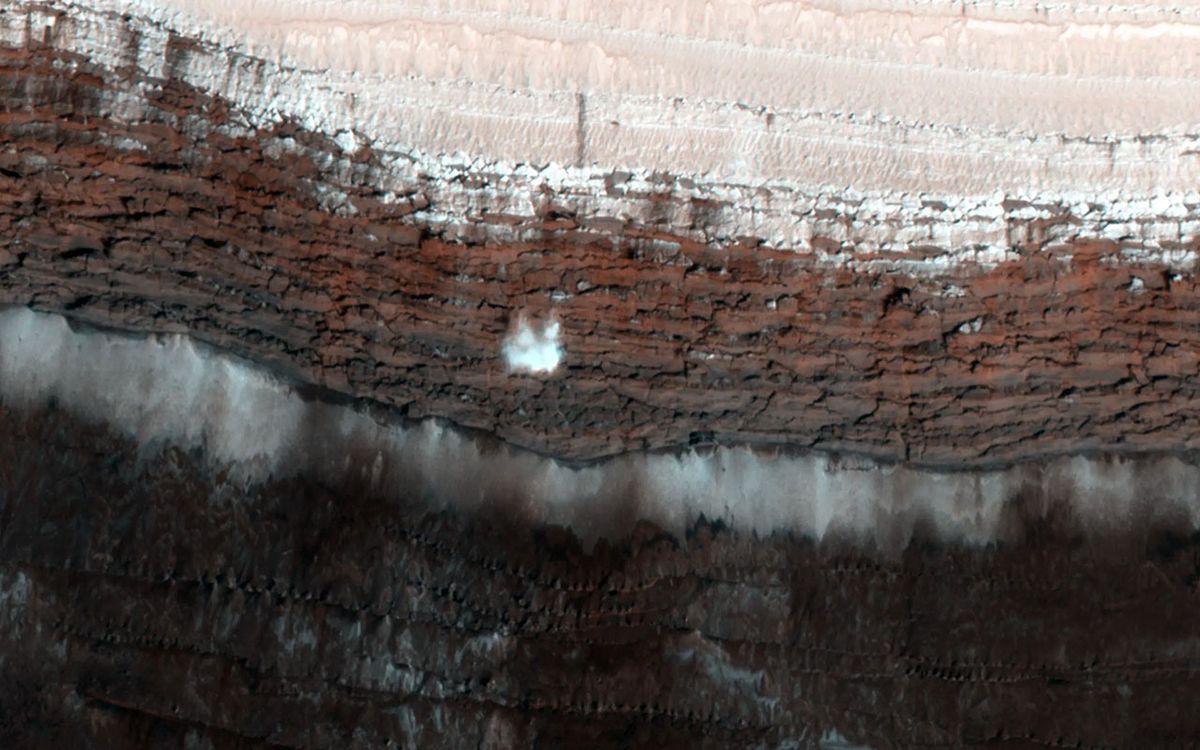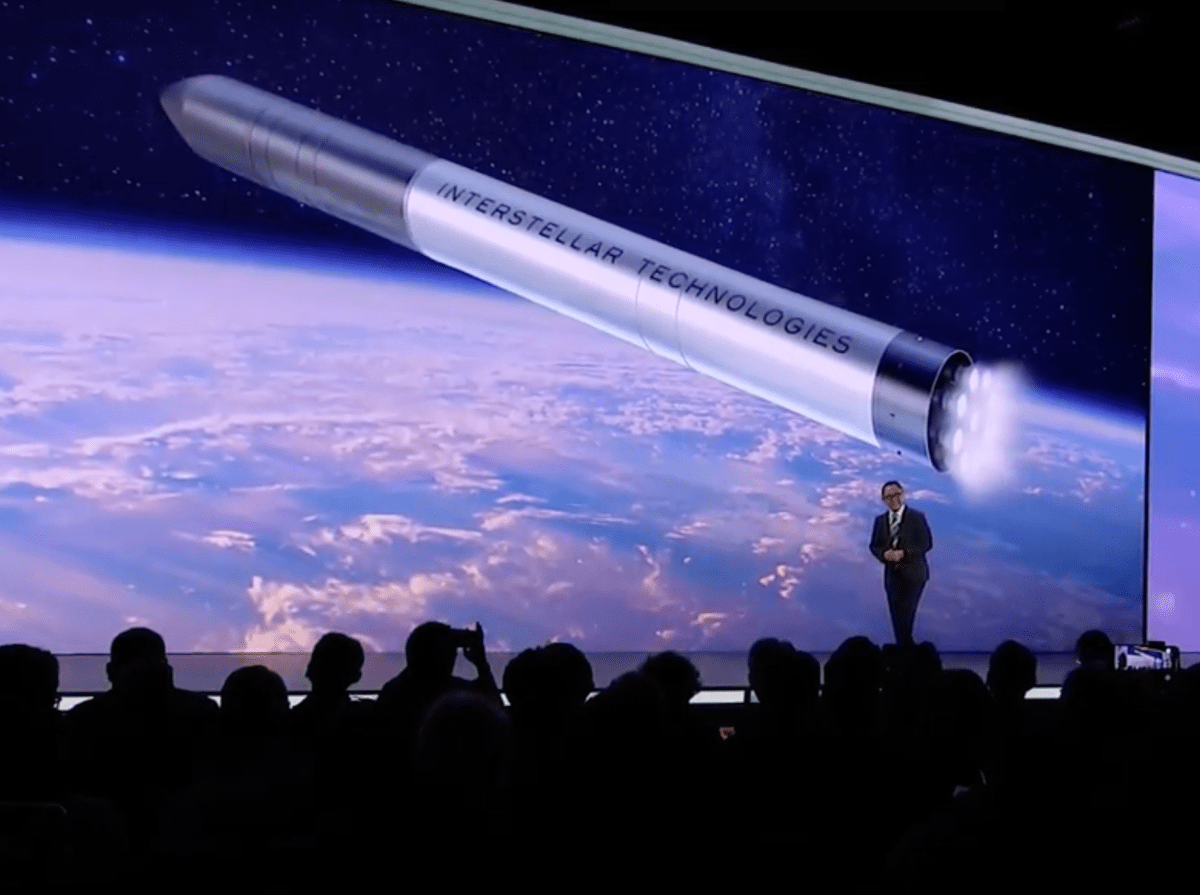As the Parker Solar Probe readies to dive to the Sun on Christmas Eve, scientists at a meeting of the American Geophysical Union, heard multiple reports of how the solar eclipse that stretched across North America earlier this year offered a rare opportunity to study the Sun and its interaction with Earth.
What makes eclipses unique—as well as spectacularly beautiful—is the way the Moon perfectly blocks out the searingly bright light of the Sun’s surface. That makes it possible to see portions of the Sun’s corona, close to its surface, that are otherwise invisible, says Kelly Korreck, eclipse program manager at NASA Headquarters in Washington, D.C.
That’s extremely useful to scientists, she and a team of NASA-funded researchers reported, because it improves our understanding of how activity on the solar surface propagates into the corona and from there into the solar wind, where it can affect us on Earth.
One way to do this is to take high resolution pictures of the corona in different wavelengths of light. “What’s remarkable is how much you can capture in an image during totality,” said Shadia Habbal, an astronomer at the University of Hawaii.
For example, she said, images taken in a wavelength related to iron at a temperature of 1 million degrees, are decidedly different from those related to iron at 1.8 million degrees. “They trace different structures depending on temperature.”
They say, the results can soon be correlated with those from NASA’s Parker Solar Probe, now diving increasingly close to the Sun.
Another approach was used by a project called Citizen CATE 2024 (for Continental-America Telescopic Eclipse), which deployed 35 telescopes along a path from Texas to Maine. No single telescope got more than a few minutes’ eclipse data, but when stitched together, they produced a 60-minute movie (with some gaps due to locations with too many clouds.)
CATE 2024 was also a citizen-science project that let people from all walks of life do cutting-edge research, says team leader Sarah Kovac, of the Southwest Research Institute. “We had middle school students paired with retirees. We had atmospheric scientists, we had people who were English majors.”
Another team consisted of more than 6,350 “ham” (amateur) radio operators, who sent radio signals back and forth from all over the continent. The goal, said Nathaniel Frissell, of the University of Scranton, was to see how the sudden loss of sunlight during the eclipse affected the ionosphere, an electrified region of the Earth’s upper atmosphere that bends radio signals around the curve of the earth, allowing distant ham operators to talk to each other.
“The upper atmosphere is photoionized by sunlight,” Frissell says. “If you take the ultraviolet energy away, it will create a drop-off in photoionization. This happens every day as you go from day into night.” By cataloging 52.7 million communications at various frequencies over the course of the day, he said, it was possible to map this effect.
Understanding it, he adds, is important partly because the ionosphere “is where all of our satellite communications pass through. So, it’s very important that we understand how that region behaves.”
But it’s also important, he says, because there is still much we don’t know in general about how the Sun affects the atmosphere. By quickly turning the sunlight off and on, he says, eclipses offer unique opportunities to test how well we understand the physics behind what’s happening, not only during the eclipse, but daily.
Studying the eclipse might even help us understand lower parts of the atmosphere, including weather forecasting, says final speaker, Jie Gong of NASA Goddard Space Flight Center.
Her team’s project used weather balloons to measure temperate and wind at various heights, looking for patterns called “atmospheric waves” caused by the sudden drop in temperatures during the eclipse. “The eclipse is basically a small mimic sunset and sunrise,” she said.
The results, she added, should even be able to help improve weather forecasting, “especially for understanding the connection between the troposphere [lower atmosphere] and the stratosphere.”
Next up is the Parker Solar Probe, scheduled to dive to within 6.21million km (3.86 million miles) of the Sun on 24 December 2024. That will put it directly in the inner corona regions observed during the eclipse, Korreck says, helping to improve our understanding of what the eclipse watchers were actually seeing.
“It’s the old adage of different people sensing different parts of an elephant,” she says. “When we look at the eclipse remotely, we see that middle corona [in two dimensions]. Parker goes into it. We then have another viewpoint, and maybe that wiggle or bump you see in the eclipse isn’t exactly what you think it is.”
Solar probe excites scientists









Leave a Comment